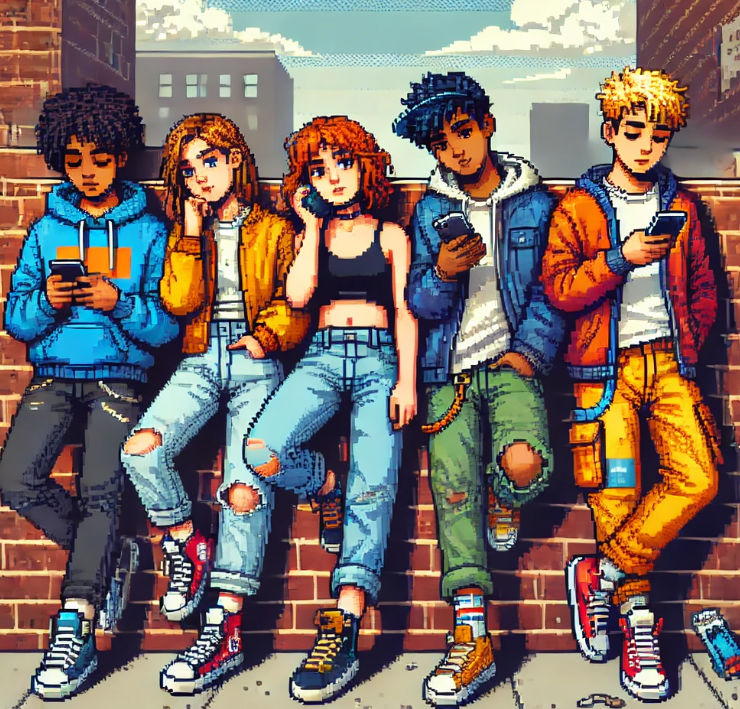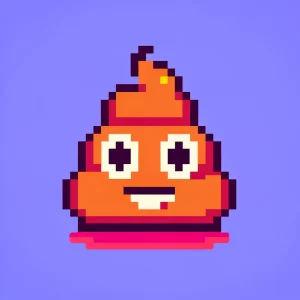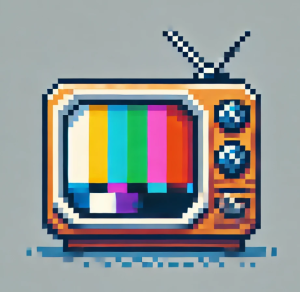
Health Literacy for Today’s Adolescents
Adolescents today face a unique health landscape. With access to more information than ever, teens must learn how to navigate the flood of health messages and identify what’s credible. Health literacy – the ability to understand, assess, and use health information – is a skill that can set them on a path to better choices and healthier lives. Yet, research reveals significant gaps in health literacy among adolescents, pointing out missed opportunities for both personal and community health benefits.
This overview dives into the transformative potential of digital tools, interactive learning methods, and social networks to address these gaps. By leveraging tech and peer-based education, we can reach teens where they are, delivering health messages that resonate and engage.
Digital Tools: Speaking the Language of Today’s Youth
With most teens carrying a smartphone, digital tools represent a powerful, accessible way to boost health literacy. Apps, websites, and online games aren’t just convenient; they cater to a generation that has grown up with screens. Digital tools can be tailored to deliver health information directly to adolescents in ways that are interactive and personalized, helping them understand complex topics like managing chronic conditions or mental health.
For example, virtual reality (VR) apps can simulate real-life situations, giving teens a chance to “practice” health decisions in a safe environment. Imagine a teen using VR to navigate a conversation with a doctor, learning how to communicate symptoms effectively. Similarly, mobile apps that allow teens to track their physical and mental health encourage daily engagement with health management, fostering lifelong habits of self-care.
Interactive Learning: Making Health Real and Relevant
Interactive learning goes a step further by anchoring health lessons in real-life scenarios. Unlike traditional lectures, interactive methods like role-playing, simulations, and problem-solving make health literacy hands-on. This approach is particularly impactful in areas like sexual health and substance abuse, where information retention and decision-making skills are critical.
Consider a classroom where students engage in a role-play scenario, practicing conversations around health choices. This isn’t just about memorizing facts; it’s about learning to think critically and apply knowledge. Through peer-led activities and group discussions, teens build skills that go beyond health facts—they develop empathy, social skills, and resilience. Interactive learning turns health information into practical knowledge, preparing adolescents to make better decisions in real life.
The Role of Mental Health Literacy
Adolescence is a time of rapid emotional and mental development, making mental health literacy essential. Recognizing early signs of mental health issues, knowing where to seek help, and understanding basic self-care strategies are all part of a well-rounded health education. Yet, mental health literacy remains an often neglected aspect of adolescent health programs.
By integrating mental health literacy into health education, we can equip teens with tools to manage their emotional well-being. School-based programs that normalize discussions about anxiety, depression, and coping strategies play a vital role in creating supportive, stigma-free environments. Imagine a teenager who can recognize early symptoms of stress and reach out for help without shame—these are the life skills that could prevent crises down the road.
Social Media and Peer Education: Health Literacy in the Digital World
Social media isn’t just for sharing selfies; it’s a space where teens learn and share information, making it an effective channel for health literacy. Peer education, where other adolescents deliver health messages, leverages the credibility of peers to promote healthy behaviors. Social networks are a natural extension of this idea, allowing for the easy spread of information and ideas that shape attitudes and behaviors.
For instance, a teen-led campaign about vaping risks on Instagram or TikTok can reach thousands of peers, potentially influencing behavior through peer pressure. Teens are more likely to listen to a message that feels relevant and relatable—especially when it’s coming from someone like them. By supporting peer education initiatives on social media, health professionals can effectively harness these networks to promote healthier choices.
Addressing Socioeconomic and Cultural Challenges
Health literacy programs need to be inclusive, taking into account adolescents’ diverse backgrounds. Not all teens have equal access to digital tools, and cultural differences can affect how health messages are received. Programs that incorporate cultural literacy—an understanding of how health is influenced by culture—can bridge these gaps.
Parents and guardians play a crucial role in health literacy education, especially in communities where family dynamics significantly impact health behaviors. By providing families with tools and resources to use together, we can create supportive environments that encourage teens to make informed health choices.
Bridging the Gaps: A Multidimensional Approach
To make real progress in adolescent health literacy, we need a multidimensional approach. This means integrating digital tools, interactive learning, mental health education, and peer-led initiatives into a cohesive strategy. It’s about creating programs that resonate with teens while being accessible to all, regardless of socioeconomic background.
When digital tools, peer networks, and mental health literacy work together, we don’t just educate; we empower adolescents to take control of their health, make informed choices, and carry these skills into adulthood. This approach moves beyond textbook learning, offering teens a foundation for lifelong health literacy.
Join the Conversation
- How has technology helped (or hindered) your understanding of health?
- What types of health education tools or programs would you like to see in schools or communities?
Empower Your Network – Subscribe and Share!
Unlock key insights with ‘This Week in Public Health.’ Subscribe for free and share to drive change as part of a dedicated community. If you liked this blog, please share it! Your referrals help This Week in Public Health reach new readers.



